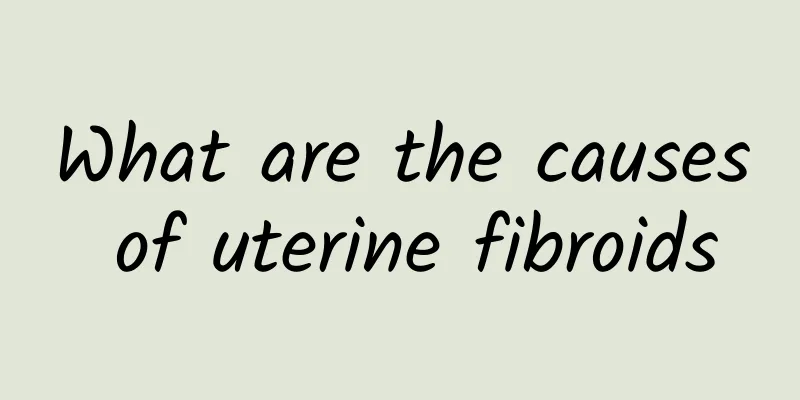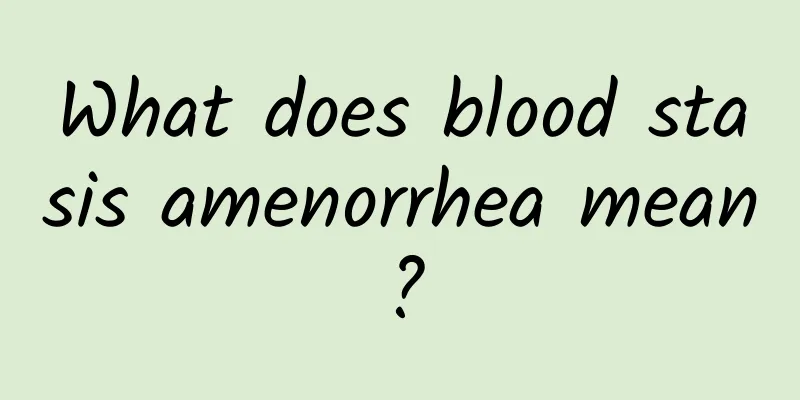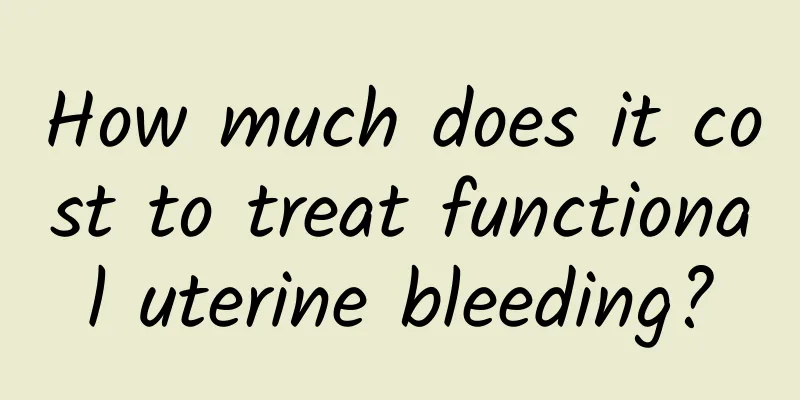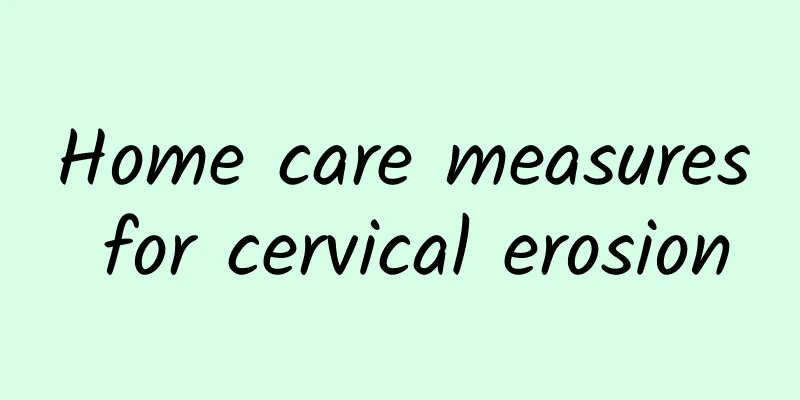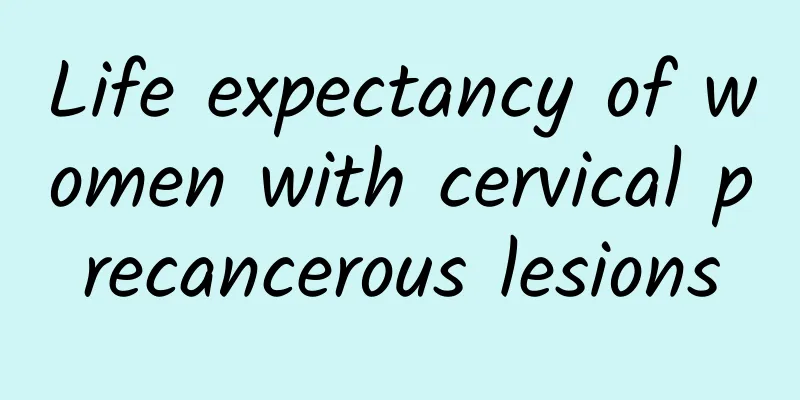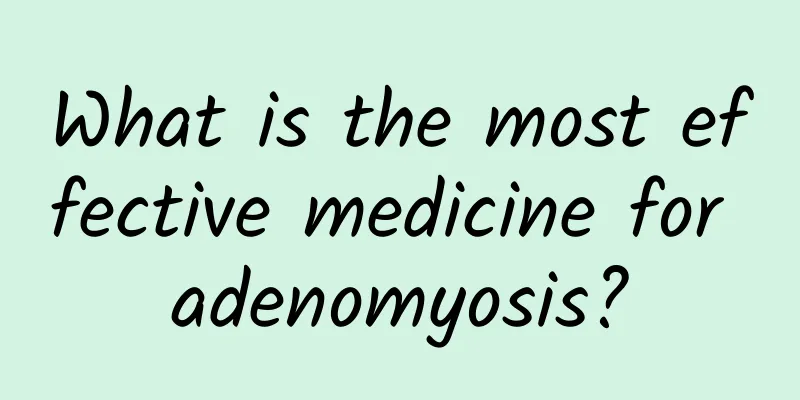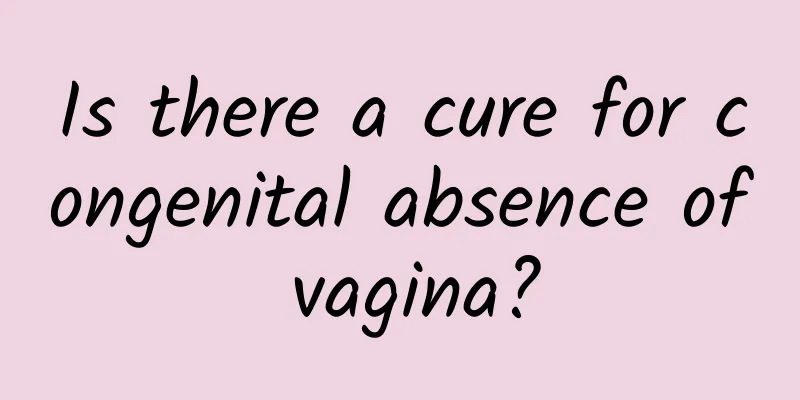How to treat uterine fibroids? Common treatment methods for uterine fibroids
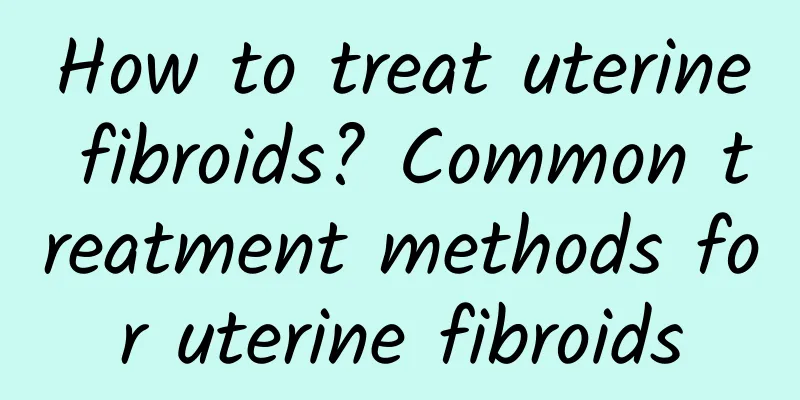
|
Nowadays, with the accelerated pace of life, many young female friends suffer from uterine fibroids due to irregular lifestyles. Nowadays, medical technology is advanced and there are many ways to treat uterine fibroids. So, how to treat uterine fibroids? What are the methods? Treatments for uterine fibroids mainly include surgical treatment and drug therapy. Surgery is still the most commonly used treatment for uterine fibroids. It is mainly divided into hysterectomy and myomectomy. Hysterectomy: If there are surgical indications, no need to preserve fertility or suspected malignant changes, hysterectomy is feasible. Since cervical cancer may occur after subtotal hysterectomy, the treatment of residual cancer is very difficult. Therefore, total hysterectomy is recommended for most patients. Cervical smear cytology should be performed before surgery to eliminate malignant cervical lesions. Premenopausal women can retain both adnexa and consider removing both adnexa at the same time after menopause. Myomectomy: Myomectomy can be considered for patients ≤40 years old who wish to maintain fertility or who do not want to remove the uterus. Before surgery, vaginal examination B should be performed to fully understand the size, location and number of fibroids, and choose the appropriate method (laparotomy, laparoscopy, hysteroscopy or negative) for myomectomy. Drug treatment is generally short-term treatment, mainly suitable for patients with uterine fibroids who have surgical indications. Preoperative medication can correct anemia, reduce the size of the uterus, avoid intraoperative bleeding, and reduce surgical difficulties; menopausal women with a uterus smaller than 10 weeks of pregnancy and mild symptoms; patients with surgical contraindications due to other complications. Due to the side effects of drugs, long-term use is not recommended. Commonly used drugs include: Guizhi Fuling Capsule: Suitable for endometriosis, chronic pelvic inflammatory disease, uterine fibroids, dysmenorrhea, amenorrhea, ovarian cysts, breast hyperplasia, prostatic hyperplasia, urology, breast surgery, and obstetrics and gynecology. |
<<: How to treat subserosal uterine fibroids How to use medication for subserosal uterine fibroids
>>: How to treat uterine fibroids better? Surgical treatment of uterine fibroids
Recommend
You don’t have to starve to lose weight! Korean models' unique "diet formula" helps them get a good figure
Want to lose weight successfully, but always don’...
Symptoms of pelvic peritonitis
Among gynecological diseases, everyone should kno...
6 Tips to Prevent Premature Ovarian Failure
Adjusting your mindset, regulating your emotions,...
What are the health care methods after abortion?
After abortion, many patients are very weak, so i...
What are the factors that cause miscarriage?
What are the factors that cause miscarriage? Nurt...
How thick is the endometrium before you get cancer?
Cancer cannot usually be diagnosed based on the t...
Is ovarian cyst a serious disease?
Is an ovarian cyst a serious condition? 1. Ovaria...
How much does a routine test for hyperprolactinemia cost?
Many patients are concerned about how much it cos...
If you want to lose weight when eating out, don’t eat too many omelets or hamburgers! Beware of the hidden calorie mines in these three types of breakfast
Breakfast is the source of energy to start the da...
What are the dangers of cervicitis?
What are the hazards of cervicitis? Cervicitis is...
How long does it take for cervical precancerous lesions of grade 2 to recur after surgery?
I believe that for many female friends, physical ...
What medicine is effective for mild cervical erosion? What causes cervical erosion?
I have mild cervical erosion. I want to know what...
How to treat abnormal leucorrhea in daily life
Abnormal vaginal discharge is a common health pro...
Lose weight, lose weight! 3 new favorites for burning fat and promoting metabolism
As the weather gets warmer, people are worried ab...
Expert introduction: Comprehensive situation of acute cervicitis
Regarding the understanding of cervicitis, in gen...
